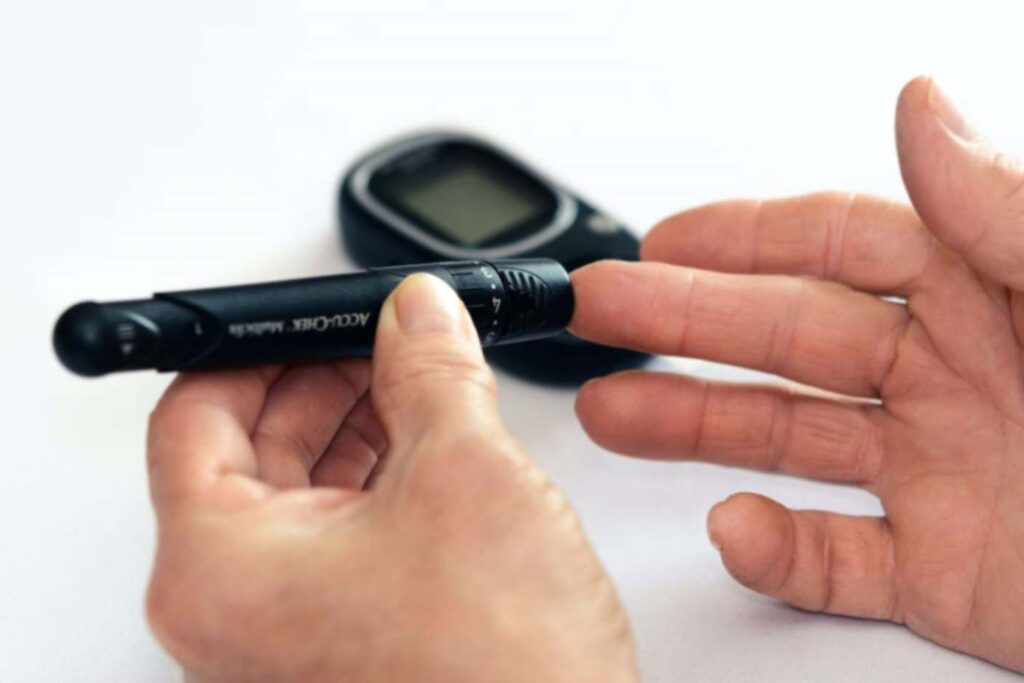
Blood Sugar Testing : A Step-by-Step Guide for Accuracy
Living with diabetes can be challenging, but armed with the right information, you can take control of your health and manage your condition effectively. One crucial aspect of diabetes management is regular blood sugar testing. Whether you are new to the concept of blood sugar testing or are already familiar with it, this comprehensive guide will provide you with step-by-step instructions for accurate blood sugar testing.
Why is Blood Sugar Testing Important?
Monitoring your blood sugar levels is essential for effectively managing diabetes. By regularly checking your blood sugar, you can:
- Understand how different factors such as diet, exercise, medication, and stress affect your blood sugar levels.
- Make informed decisions about your diabetes management, such as adjusting medication doses or making lifestyle changes.
- Detect and address high or low blood sugar levels promptly, reducing the risk of complications.
- Empower yourself with knowledge about your body and take control of your health.
Now, let’s dive into the step-by-step guide for accurate blood sugar testing.
Step 1: Gather Your Supplies
Before you begin testing your blood sugar, ensure that you have all the necessary supplies readily available. Here’s what you’ll need:
- Blood glucose meter: Choose a reliable and accurate meter that suits your needs.
- Lancets: These are used to prick your finger and obtain a blood sample.
- Test strips: These are inserted into the glucose meter to analyze your blood sample.
- Alcohol wipes: Use these to clean your finger before pricking it.
- Cotton balls or tissues: To apply gentle pressure on your pricked finger after testing.
Having your supplies organized and easily accessible will make the testing process smoother.
Step 2: Wash Your Hands
Before performing a blood sugar test, it’s important to wash your hands with soap and warm water. This ensures that your hands are clean and free from any substances that could interfere with the accuracy of the test.
Step 3: Prepare the Lancet Device
Take the lancet device and choose an appropriate depth setting for your skin type. The depth setting determines the depth at which the lancet will prick your finger. Consult your healthcare provider for guidance on selecting the correct depth.
Step 4: Prick Your Finger
Place a lancet in the lancet device, following the manufacturer’s instructions. Position the device against the side of your fingertip and press the release button to prick your finger. Gently squeeze your finger to form a drop of blood.
Step 5: Apply Blood to Test Strip
Insert a test strip into your blood glucose meter. Touch the tip of the test strip to the drop of blood on your finger. The meter will usually beep or display a countdown to indicate that it has received enough blood for the test.
Step 6: Wait for the Results
Within a few seconds, your blood glucose meter will display your blood sugar reading. Take note of the result, as well as the date and time of the test. Some meters also allow you to add additional notes or tags to the reading, such as before or after a meal or exercise.
Step 7: Record and Analyze Your Results
Keeping a record of your blood sugar readings is vital for tracking your progress over time. You can use a notebook, an app on your smartphone, or a diabetes management software to record and analyze your results. Look for patterns and trends in your readings to help you make informed decisions about your diabetes management.
Additional Tips for Accurate Blood Sugar Testing
* Check the expiry dates of your test strips and control solution regularly. Using expired test strips or control solution can lead to inaccurate results.
- Calibrate your meter regularly. Some meters require manual calibration with a control solution, while others calibrate automatically.
- Follow the manufacturer’s instructions for cleaning the glucose meter. Regular maintenance ensures accurate and reliable results.
- Keep an eye out for any error messages displayed on your meter. If you encounter an error, refer to the user manual or contact customer support for assistance.
- Remember, your blood sugar levels can vary throughout the day, so it’s essential to test at different times to get a comprehensive picture of your blood sugar control.
Taking the time to properly conduct your blood sugar tests will help you gain valuable insights into your diabetes management. By regularly monitoring your blood sugar levels, you can make informed decisions and take proactive steps towards better health.
In conclusion, accurate blood sugar testing is a crucial component of diabetes management. By following the step-by-step guide outlined above, you can ensure that your blood sugar tests provide you with reliable information. Remember, knowledge is power, and the more you know about your blood sugar levels, the better you can manage your diabetes and live a healthy, fulfilling life. Don’t hesitate to reach out to your healthcare provider for further guidance and support on your diabetes journey.
